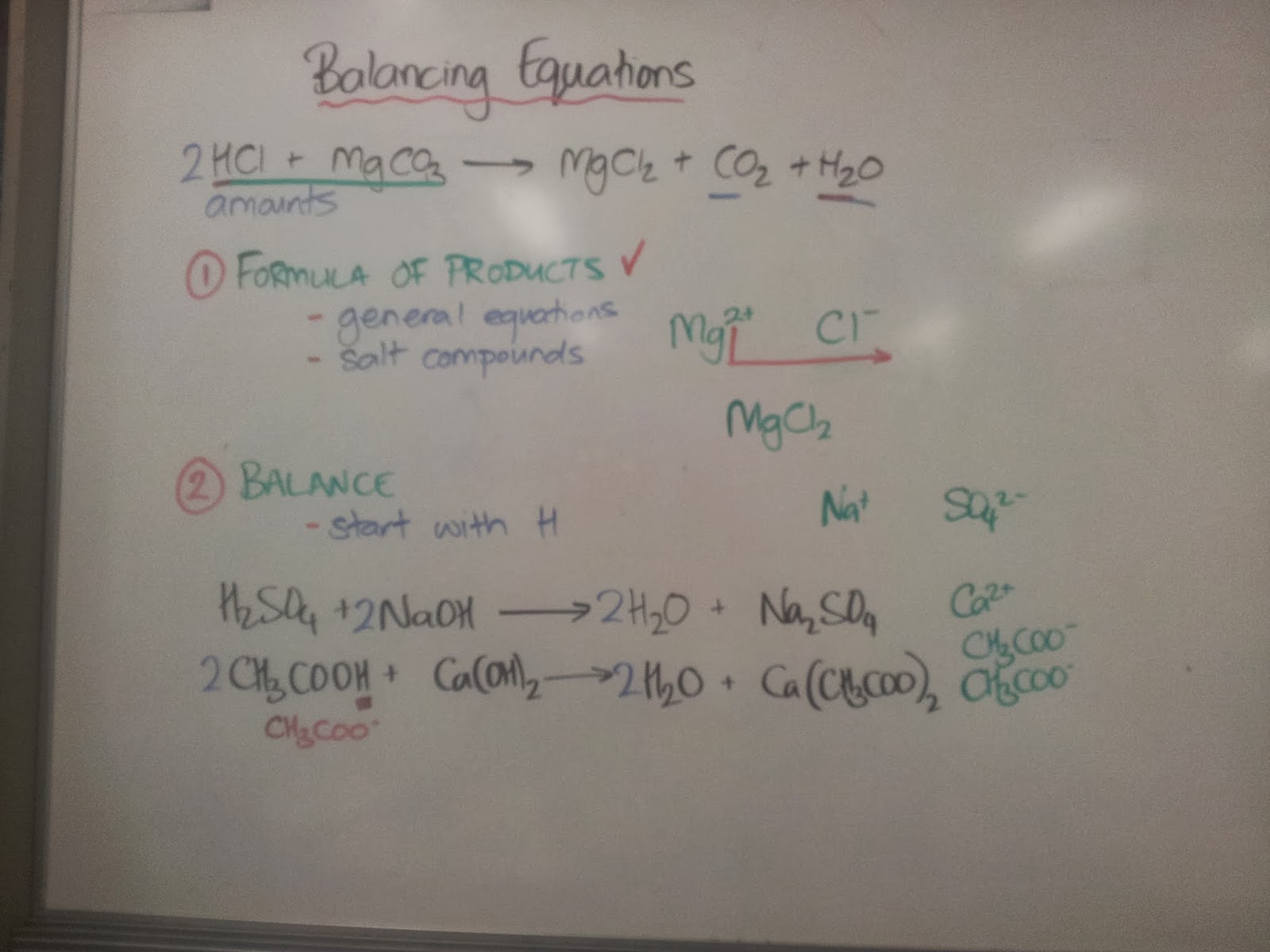We will look at the calculations involved in a future lesson.
Tuesday, 25 February 2014
Titration Techniques
We started learning about the practical part of this topic (and the key part of the assessment): titrations.
We will look at the calculations involved in a future lesson.
We will look at the calculations involved in a future lesson.
Monday, 24 February 2014
Friday, 21 February 2014
Aqueous Solutions Introduction
Today was our first introduction to solutions and quantitative analysis. We met some new units (grams per litre and moles per litre). We will learn more about the importance of these over the next two weeks.
Wednesday, 12 February 2014
Water of Crystallisation
Many ionic crystals have water molecules inside them. We can use a very simple technique to find the formula of these hydrated salt.
Tuesday, 11 February 2014
Empirical and Molecular Formula
Empirical Formula is the simplest ratio of the atoms in a compound. For ionic compounds, this is also its ionic formula. For molecules, it may be the molecular formula, but it is more likely to be a simplification of it.
Monday, 10 February 2014
Percentage Composition
Today we learned how to calculate the percentage composition of compounds, using anhydrous copper (II) sulfate as our example:
Thursday, 6 February 2014
Stoichiometry
Having tried to master balancing equations, the importance of this skill became more apparent as we learned about the mole, molar mass and relative atomic mass, and how these are used to analyse what is happening in a chemical reaction.
Tuesday, 4 February 2014
Balancing Equations
We had a small disaster with the filming of this, but the content is there anyway...
Today, we reviewed how to balance acid-base equations. The same sequence can be used for any equations, but the current Internal Assessment only focuses upon this type of reaction.
Today, we reviewed how to balance acid-base equations. The same sequence can be used for any equations, but the current Internal Assessment only focuses upon this type of reaction.
Below is a better video from last year:
Monday, 3 February 2014
Introduction to Chemistry
After all of the Administration, we learned about the Chemists' "Bible": The Periodic Table of Elements. If you know how to use the Periodic Table, it helps you know more about the elements without having to rote-learn lots of facts.
One of the things we focused on was using the Groups (columns) to predict the valency of an element. There are some that we still need to learn, but the rules apply in most cases.
Key Exceptions: Boron "the moron"; Transition Metals (Fe, Mn, Zn, Ag, etc.)
One of the things we focused on was using the Groups (columns) to predict the valency of an element. There are some that we still need to learn, but the rules apply in most cases.
Key Exceptions: Boron "the moron"; Transition Metals (Fe, Mn, Zn, Ag, etc.)
Subscribe to:
Posts (Atom)







